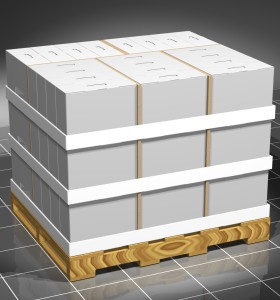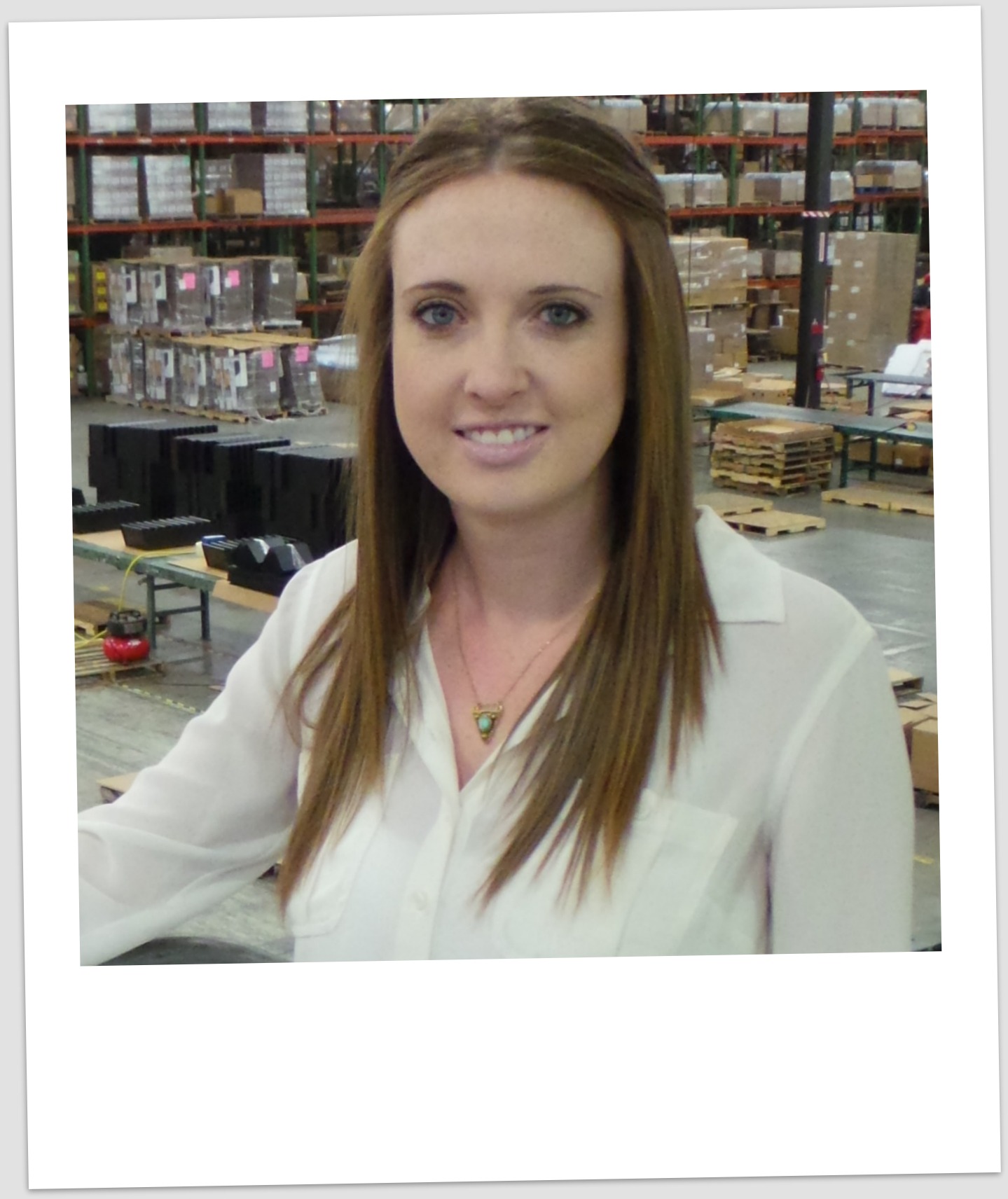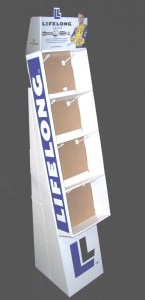Four critical components to creating successful POP displays


By Kara Jesse, Key Accounts Manager at Bonded Pac
POP (point-of-purchase) displays are a great way to make your product stand out in a sea of retail clutter. We see a lot of displays come through our facility across a variety of industries and a wide range of customers. Most are temporary, some are permanent, and they range in size from large pallet and floor displays to small counter-top displays. What we’ve discovered through all this work is that there are four critical components to creating successful POP displays – design, assembly, fulfillment, and distribution. I’m excited to share some thoughts on how each plays an integral role in the process.
Design
The design of a POP display must take into account many different aspects. You first have to ensure that what you will be creating meets retailer compliance and specifications. After all, if they don’t let you put the POP display in their store, you’ll never get a chance to sell your product. Another important factor when designing a display is making it visually appealing to the customer. Consumer behavior studies have shown you have about 5 seconds to grab the consumer’s attention and make a connection. The good news, over 75% of retail shoppers going to a store don’t come with a list so there is plenty of opportunity to influence. Whether you are supplying the renderings or outsourcing a co-packer like us for design work, it’s important to make sure you are clearly showcasing how your product is different and unique.
 The design phase is also the time to source physical materials that will make the display structure. This can include anything from corrugated box framing for temporary displays to metal framing for permanent displays. When working out these details, it’s also important to think about distribution (how it will be shipped) and incorporate that aspect into the design. Most likely they are going out on pallets fully assembled or as kits, so you want to make sure the final packaging of the display built around it will keep it secure and safe during transportation.
The design phase is also the time to source physical materials that will make the display structure. This can include anything from corrugated box framing for temporary displays to metal framing for permanent displays. When working out these details, it’s also important to think about distribution (how it will be shipped) and incorporate that aspect into the design. Most likely they are going out on pallets fully assembled or as kits, so you want to make sure the final packaging of the display built around it will keep it secure and safe during transportation.
Assembly
Once you have the design approved and sourced, it’s time to move on to assembly. Two of the biggest issues most companies run into when assembling POP displays is space and labor. Space at manufacturing and distribution centers is usually very tight, so companies outsource to contract packers like Bonded Pac because we have flexibility to scale up or down based on the size of the job. For example, we may use our expandable production space for nine different lines going with nine different projects one week; but the next week it could have many of those lines working on the same project.
When it comes to labor, this is another tricky area that most companies don’t want to have to deal with because it can come with lots of headaches. Instead, they lean on contract packers like us who can scale up or down utilizing temporary, part-time or full-time employees.
In addition to space and labor, another important part of assembly is actually how the display is pieced together. POP displays are getting more and more intricate as technology advances, but that doesn’t necessarily make the assembly process easier. That’s where co-packers like us come in handy because of our experience and expertise working on so many different projects. We’ve figured out how to create an optimal process that will keep the labor down (less workers = less expense) while increasing productivity.
Before we move on to fulfillment, it’s important to discuss the quality control aspect of a project because it plays a vital role in both of these phases. Typically, we put together a quality control plan prior to a project even starting. To take it a step further, we have line leaders on each line overseeing quality control as well as a floor supervisor overseeing all the lines to double-check the work and make sure everything going out looks great.
Fulfillment
Fulfillment in our industry is a broad term, but for this post I’m going to associate it with the process of packing out the display with product. This is typically done in unison with assembly of the display to keep costs down. This is important to note because pricing is based on the number of hands touching a project. You can imagine how much that would increase if we had to assemble a display, store it, then pack it out later and have to deal with double-handling charges.
Similar to assembly, space and labor are vitally important to getting product packed onto the display. It’s best to continue with fulfillment right after the assembly if you can make it work, utilizing nearby space with just the necessary labor. Again, this is where experience and expertise help with work flow. We’ve done small projects with just a few SKUs to major projects with hundreds of SKUs. Making sure everything is staged correctly when it comes time to pack out the POP display is vital to the fulfillment phase.
 Another key component of fulfillment for us is inventory management. There are many times where we get products well in advance of putting the displays together. This can happen because the project could be ongoing, or just because the client doesn’t have space at their manufacturing facility. Either way, we utilize the 215,000 sq. ft. of our warehouse space to store these products until they are needed. We even have the ability when necessary to incorporate lot traceability and expiry date control if the product warrants it.
Another key component of fulfillment for us is inventory management. There are many times where we get products well in advance of putting the displays together. This can happen because the project could be ongoing, or just because the client doesn’t have space at their manufacturing facility. Either way, we utilize the 215,000 sq. ft. of our warehouse space to store these products until they are needed. We even have the ability when necessary to incorporate lot traceability and expiry date control if the product warrants it.
Distribution
Distribution can vary based on where the POP displays are going and what timing looks like. For the most part, we use our 34 dock doors to ship POP displays back to customer’s distribution centers so they can group these with bigger loads shipped to retail stores. If the customer doesn’t have a distribution center, we work with our distribution division to assist in this effort from any one of our 11 facilities.
There are also times we have major rollouts or timing is tight and it’s easier to drop-ship POP displays directly to the retailer to get them in front of customers quicker. In this case, the retailer typically has a preferred fleet they use depending on whether it’s a truckload or LTL shipment. When there isn’t a preferred vendor, we can utilize our transportation division to help take care of this need.
We have found that Charlotte, NC, is a perfect city for distribution. The mid-Atlantic location is within a half-day’s drive from major ports like Norfolk, Wilmington, Charleston, and Savannah. And we can reach most east coast and mid-west metropolitan cities within a day’s drive thanks to major arteries like I-77 and I-85. We even have a world-class international airport minutes away for air-drop shipments.
Hopefully this post has helped you gain a little more insight into the importance of design, assembly, fulfillment, and distribution when creating successful POP displays. If you would like to talk more about how we can help with one or all of these components for your next POP display, reach out to us. Best of luck!
